Moksha Guide
Moksha Guide This Bodhi Guide to Moksha is intended to be your resource for using the Moksha Desktop and getting the most out of it. New Bodhi Linux users may also want to check out our brief introduction, the Getting Started Guide, which is available online and locally on your system, accessible via the Main Menu. (About...
